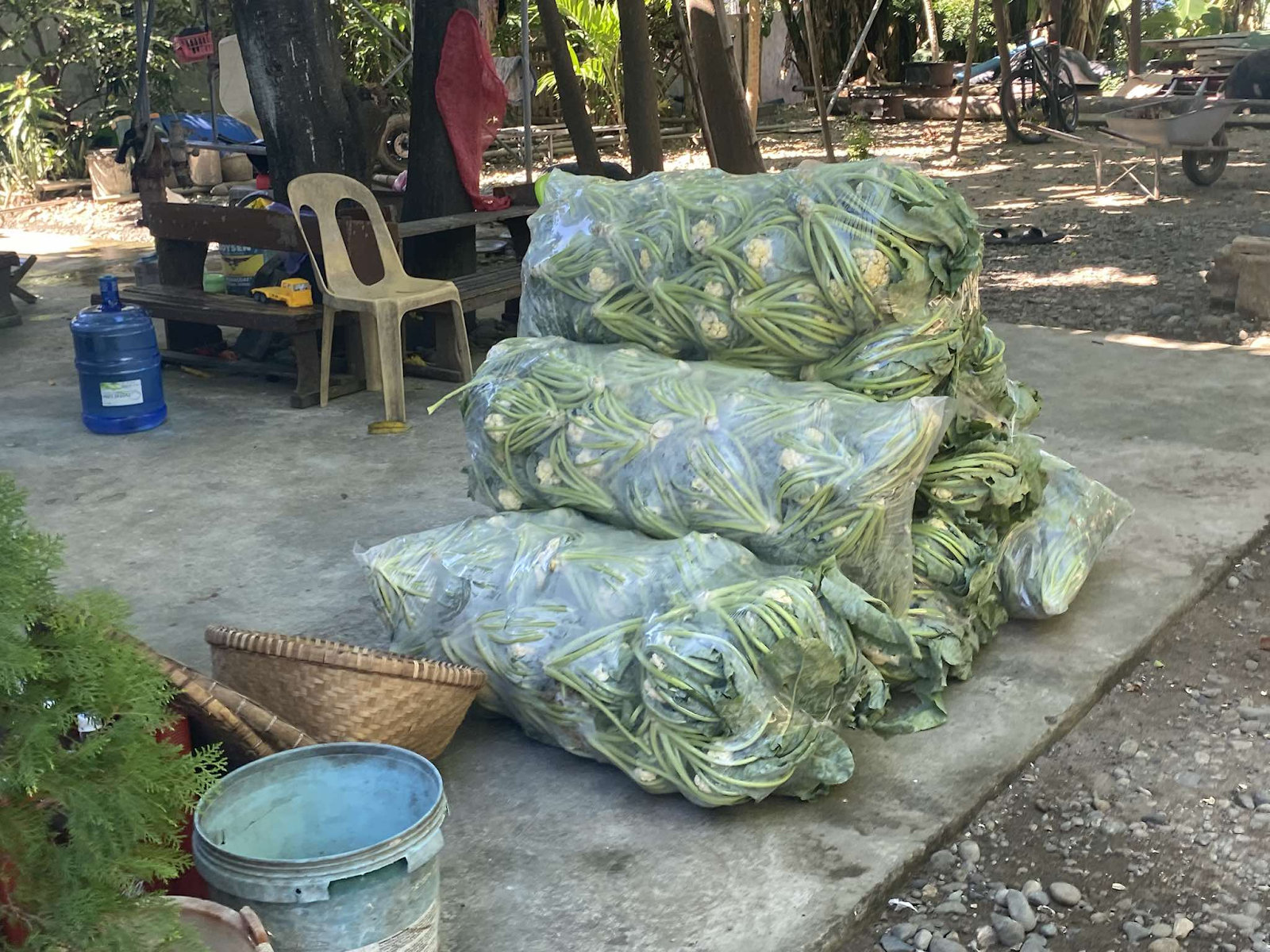Throughout this 3rd quarter, I have gained a lot of knowledge and skills in HTML and CSS, and Community-Based Research (CBR).Each of these areas has provided me with new insights and challenges that have helped me grow as a student and a problem solver. In learning HTML and CSS, I discovered how websites are structured and styled. I learned about different HTML elements, tags, and attributes that form the foundation of a webpage. Through CSS, I explored various styling techniques, such as using colors, fonts, layouts, and responsive design.
One of the most exciting discoveries was how CSS media queries allow websites to adjust their appearance on different screen sizes, making them more accessible and user-friendly. In creating web design, I use HTML and CSS in order to have a good web design and to make the gathering data more understandable. Community-Based Research taught me that gathering and analyzing real-world data is crucial for understanding community issues and creating meaningful solutions through activities like surveys and data interpretation, which require patience, critical thinking, and teamwork. Despite these learnings, I also encountered several challenges. In HTML and CSS, making my web designs responsive and visually appealing was difficult at first. In Community-based Research organizing and analyzing large amounts of data was overwhelming, especially ensuring that the research findings were accurate and meaningful .In our CCBR we have learned a lot about the challenges and struggles of the business owners and farmers in our community despite of the calamities they faced ,but they are very resilient to overcome this.
Moving on, I will continue enhancing my web development, research, and coding skills by practicing regularly, exploring new tools, and taking on more complex projects. I also plan to apply my research skills to real-life situations while staying curious and open to learning. This quarter has been a journey of discovery and ha amazing experience with new challenges.
REFERENCES:https://i.insider.com/60144316a7c0c4001991dde6?width=800&format=jpeg&auto=webp















